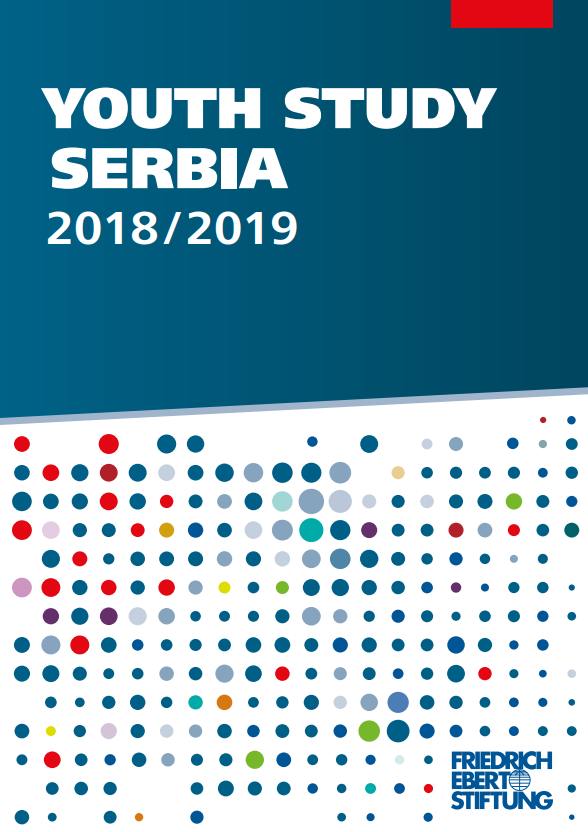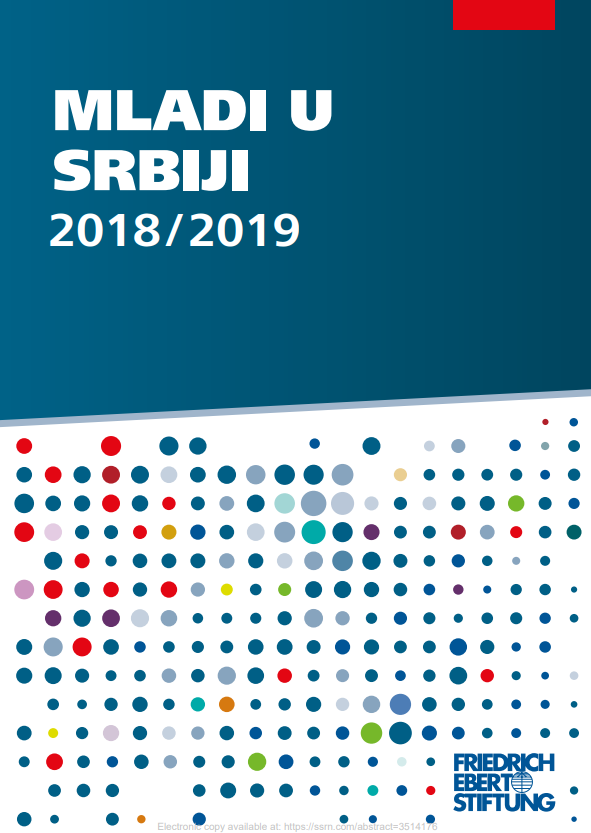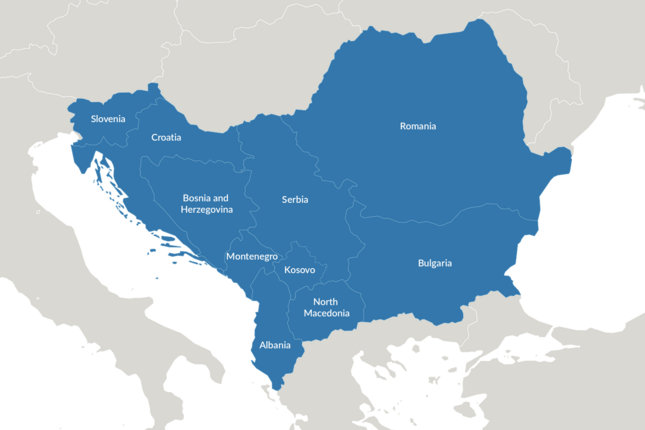Media Habits Shape Serbian Youth Protest Participation as Country Faces Historic Demonstrations
As Serbia experiences its largest wave of protests in decades, data from the Friedrich Ebert Foundation's Serbia Youth Study 2024 reveals patterns in how young people's media consumption habits relate to their likelihood of participating in demonstrations. The findings come at a crucial moment when student-led protests have paralyzed major cities and forced significant political concessions, highlighting the role of information access in shaping youth civic engagement.
News Source Choices Reveal Important Differences in Protest Participation
Analysis shows that young Serbians' choice of news outlets strongly correlates with their protest participation patterns. Among those who primarily follow N1, an independent news channel, high-consumption viewers and readers show the highest rates of protest participation at 34.7%, significantly above other media outlets. This contrasts sharply with state-affiliated Radio Television Serbia (RTS), where only 24.2% of heavy viewers and readers report participating in demonstrations.
Future Protest Potential Varies by Media Consumption
The data also reveals intriguing patterns in young people's willingness to participate in future protests. Moderate consumers of N1 also show the highest potential for future participation (41.2%), while low frequency consumers across all media outlets consistently show the lowest likelihood of joining demonstrations. This suggests that exposure to news media, regardless of editorial stance, may increase youth civic engagement.
NOVA RS viewers show a particularly interesting pattern - as consumption increases, so does actual protest participation, rising dramatically from 10.9% among low consumers to 48.1% among high consumers. This represents the widest gap between low and high consumption levels among all media outlets studied.
State vs. Independent Media Impact
The contrast between state-affiliated and independent media becomes most apparent when examining protest participation rates. Viewers of independent outlets (N1, NOVA RS) show consistently higher rates of both actual and potential protest participation compared to state-affiliated media (RTS) consumers. Among high-consumption viewers, independent media followers are nearly twice as likely to have participated in protests compared to their state media counterparts.
However, the relationship isn't entirely straightforward. Moderate consumers across all media types show similar levels of potential future participation (30-42%), suggesting that other factors beyond media choice influence youth protest engagement. This could include social networks, education level, or urban-rural divides - factors that warrant further investigation.
About the Data
This analysis draws from the Serbia Youth Study 2024, examining views on society and politics among Serbians aged 14-29. It is part of a broader research initiative across 12 Southeast European countries.
To read the previous Serbia Youth Study 2018/2019 report or the Comparative Southeast Europe Youth Study 2024 report, please find them below.
Publications
Hasanović, Jasmin ; Lavrič, Miran ; Adilović, Emina ; Stanojević, Dragan
Youth study Southeast Europe 2024
independent but concerned: the voices of young people in Southeast Europe



